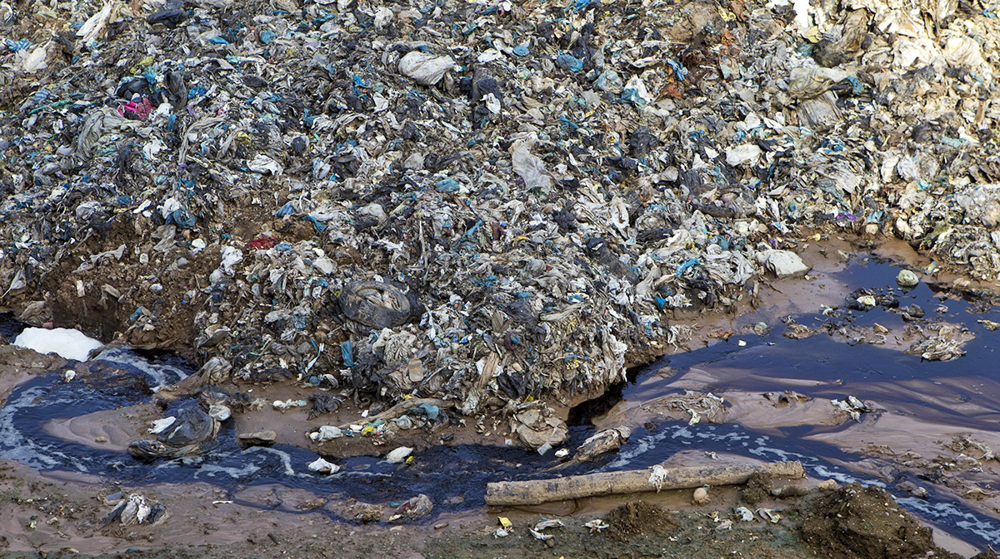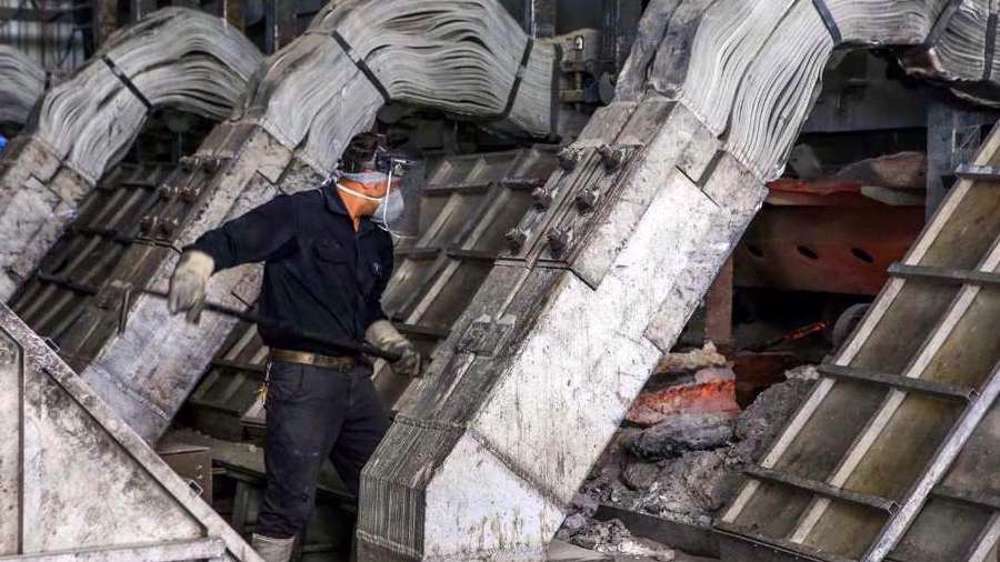Iran’s trade balance turns positive over ‘lower’ imports
New data by the Islamic Republic of Iran Customs Administration (IRICA) shows ‘unprecedented’ surplus in the country’s foreign trade over the past Iranian calendar year (ended March 19).
The latest customs figures reveal the country registered a trade surplus of USD 0.916 billion in the 12-month period ending over a week ago.
Iran’s balance of trade (BoT) turned positive with its exports tallying USD 42.415 billion, compared with USD 41.499 billion worth of imports, IRNA reported Monday, citing official data.
Although IRICA figures show a drop of more than 16% in exports, they register a ‘record low’ volume in imports, 22.53%, compared to the previous year, hence marking an unprecedented score on the trade balance sheet.
IRICA said Iran spent more than 12 billion dollars less on foreign commodities last year, in comparison to the previous Iranian calendar year.
Gas condensate, oil and petrochemical products constituted the major part of Iranian exports, while maize for cattle feed, wheat and rice were among the chief imports, the report added.
China, Iraq, the United Arab Emirates (UAE), Afghanistan and India purchased more Iranian goods than other countries last year, while a fair share of Iranian imports came from China, the UAE and South Korea.
Earlier this month, the Statistical Center of Iran announced that the Iranian economy grew 0.7 percent in the first nine months of the past Iranian calendar year.
The center said in a report that the agriculture sector listed a growth of 3.2 percent while industries and services experienced negative growths of 1.2 and 0.3 percent respectively.
Iran’s economy has seen a slow but steady growth after last July’s agreement with UN Security Council members plus Germany over Tehran’s nuclear program, which saw the effective removal of sanctions against the country earlier this year.
Back in January, the World Bank predicted a major growth rate of 5.8 percent for the Iranian economy in 2016.
The bank said Iran’s economic growth would be specifically encouraged by a surge in its oil production. It said Iran’s crude output will increase by an estimated 0.5–0.7 million barrels per day (mbd) in 2016 up from the 2015 level of 2.8 mbd.

Iran gears up for largest trade event on upbeat mood

Iran starts major project to treat wastewater with cold plasma

Iran’s aluminum output down by nearly 5% in year to March
Iran’s enrichment ‘non-negotiable’, talks fruitless under pressure: FM
Pentagon officials placed on leave over 'unauthorized' Yemen leaks
Photojournalist killed in Israeli bombing of family home in Gaza
China says 'not afraid to fight' trade war with US
VIDEO | Press TV's news headlines
Iranian hospital uses angiography for brain vascular treatment without surgery
US to press EU to pull away from China in return for tariff cuts: Report
Muslim prisoners ‘singled out’ for violent treatment in England: Charity







 This makes it easy to access the Press TV website
This makes it easy to access the Press TV website